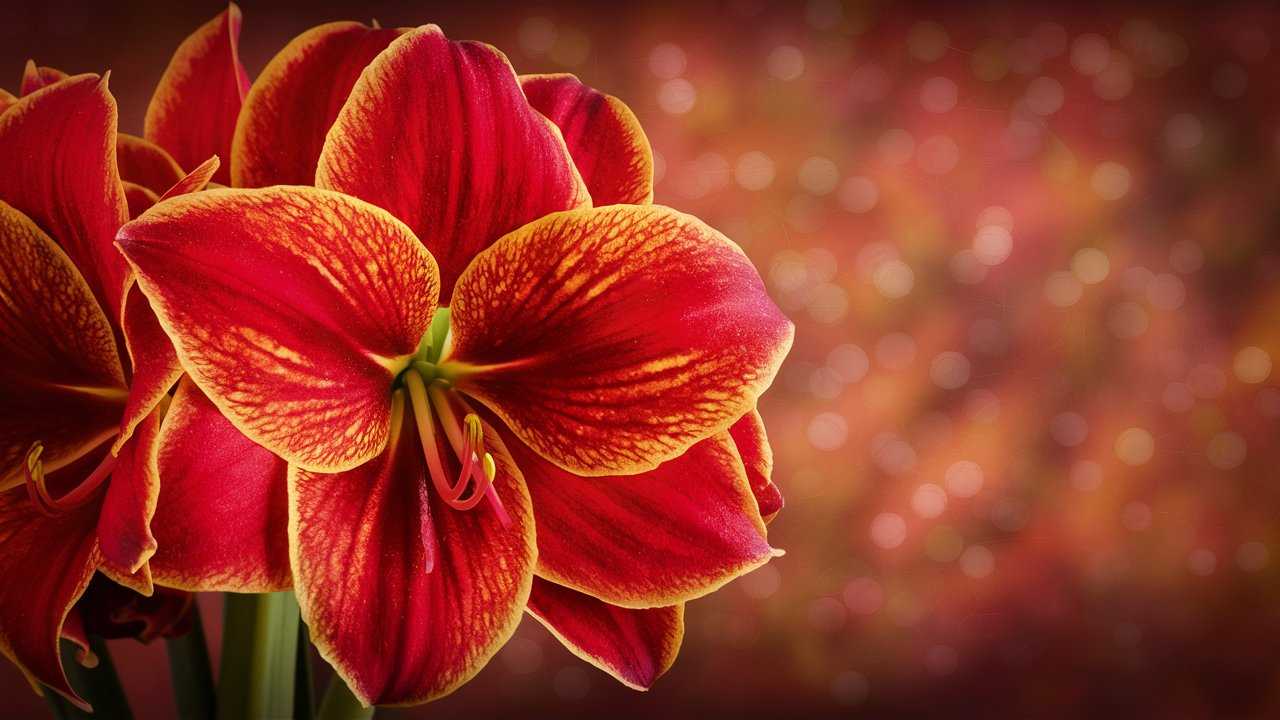Amaryllis is a name that evokes vibrant blooms, particularly during the colder months. Known scientifically as Hippeastrum, these stunning flowers are often associated with the beauty of holiday decorations and indoor gardens.
As gardening enthusiasts and flower lovers alike stumble upon the charming spectacle of amaryllis, a common question arises: are amaryllis perennial flowers? In this blog post, we will explore the lifecycle, care, and classification of amaryllis to provide a thorough understanding of these captivating plants.
Understanding Amaryllis

Firstly, it is essential to clarify a common misconception: true amaryllis (genus Amaryllis) predominantly refers to a specific group of bulbs native to South Africa. Most of the amaryllis sold commercially, especially during holiday seasons, actually belong to the Hippeastrum genus, which contains numerous hybrids and cultivars known for their large, showy flowers.
Lifespan and Nature of Amaryllis
Amaryllis, despite being treated as a yearly spectacle, is technically a bulbous perennial plant. This means that the bulb can live for several years, allowing the plant to bloom repeatedly under proper conditions. Here are some of the key aspects of amaryllis as a perennial flower:
Bulbous Growth: Amaryllis grows from a bulb that stores nutrients and provides the necessary energy for new growth. This bulb can remain dormant for extended periods, often after blooming, which is a characteristic behavior of perennials.
Blooming Cycle: While amaryllis typically blooms in winter and early spring, the specifics can vary based on growing conditions. After blooming, the foliage continues to grow, collecting sunlight and energy through photosynthesis, which helps the bulb prepare for the next flowering cycle.
Dormancy: After the blooming period, amaryllis enters a dormancy phase where growth slows down significantly. This natural cycle allows the plant to store energy in preparation for the upcoming growing season.
Are Amaryllis Perennial?

Amaryllis is classified as a perennial plant because it can survive and thrive for multiple years when cared for correctly. However, the perception of amaryllis as a short-lived seasonal flower often arises from how they are marketed and managed by many plant owners.
Factors Influencing Perennial Lifespan
Growing Conditions: Amaryllis thrives best in well-draining soil, adequate sunlight, and warm temperatures. They prefer partial sunlight and can tolerate full sun but require protection from harsh afternoon rays.
Watering and Fertilization: Proper watering practices are crucial. The soil should be moist but not waterlogged. Adequate fertilization during active growth periods (spring and summer) helps promote robust bloom cycles.
Repotting and Space: Over time, amaryllis bulbs can become crowded in their pots. Regularly repotting bulbs every couple of years into fresh potting soil can rejuvenate the plant and encourage long-lasting blooms.
Tropical Conditions: In USDA hardiness zones 9-11, amaryllis can be grown outdoors year-round as true perennials. In colder climates, they are generally grown as indoor plants.
Care Tips for Long-Lasting Amaryllis
If you want your amaryllis to showcase its magnificent flowers season after season, here are some care tips to follow:
Post-Blooming Care: After the flowers have faded, remove the spent blooms but continue to care for the plant. Water and fertilize as needed to encourage healthy leaf growth, which helps replenish the bulb.
Dormancy Preparation: To initiate dormancy, reduce watering and allow the leaves to die back naturally. This typically occurs in late summer or early fall. During dormancy, place the pot in a cool, dark location.
Rejuvenation: Once dormancy is complete, bring the bulb back into a warm, lighted area, resume regular watering, and fertilize to encourage new growth.
Pest and Disease Management: Keep an eye out for common pests such as aphids and spider mites. Maintain cleanliness around the plant and ensure proper airflow to prevent fungal diseases.
Conclusion
In summary, amaryllis can certainly be classified as perennial flowers due to their bulbous nature and ability to survive for multiple seasons when conditions are favorable. With proper care, these stunning plants can bring glory and color to your garden or home year after year. So, whether you are new to gardening or a seasoned enthusiast, understanding the nature of amaryllis is vital to enjoying their beauty for many blooms to come. Embrace the tradition, nurture the bulbs, and let the brilliance of amaryllis enliven your space during the coldest months of the year!





